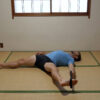Introduction to trigger point therapy:
In the pursuit of an active and healthy lifestyle, our bodies often bear the brunt of rigorous physical activities and it’s common to encounter muscle pain and tension.
Whether you’re an athlete, a fitness enthusiast, someone who enjoys staying active, or simply seeking relaxation you’ve probably encountered muscle pain and discomfort at some point. The discomfort of muscle knots, known as trigger points, can hinder your progress and dampen your spirits. Luckily, there is a powerful technique known as trigger point therapy that can alleviate these issues and help you achieve optimal fitness and recovery.
In this article, we’ll delve into the world of trigger point therapy, exploring its benefits, causes, treatment methods, prevention strategies, and how you can utilize massage balls to enhance your trigger point therapy sessions.
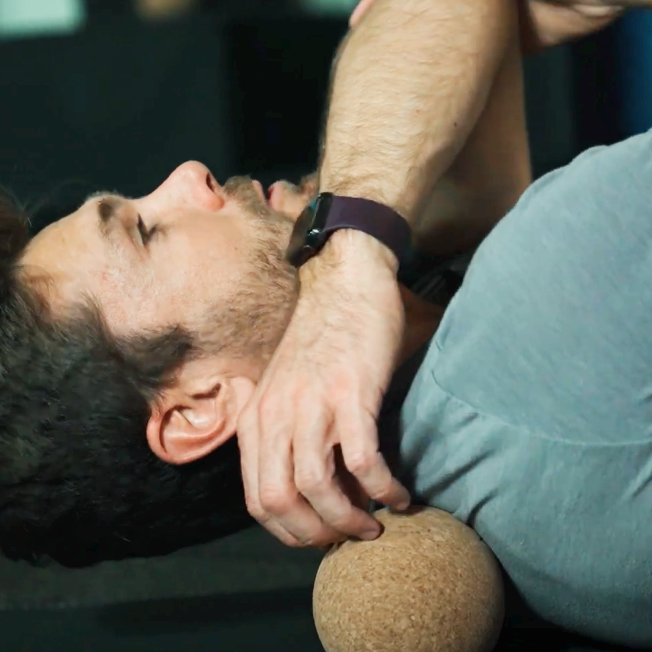
Understanding Trigger Point Therapy:
Trigger point therapy is a specialized form of manual therapy that focuses on addressing trigger points—tender, hyperirritable spots within taut bands of muscle fibers. They can be sensitive to touch and cause referred pain, meaning the discomfort may radiate to other areas of the body.
These points can develop due to a variety of factors, including overuse, muscle imbalances, poor posture, stress, and trauma. Trigger points are notorious for causing localized and referred pain, limited range of motion, and muscle weakness.

What Causes Trigger Points?
Trigger points can be caused by a variety of factors, including:
- Overuse or Repetitive Strain: Engaging in repetitive movements or prolonged activities without adequate rest can lead to the formation of trigger points.
- Muscle Imbalances: Muscles that are either too weak or too tight can create imbalances, causing certain muscles to work harder, leading to the development of trigger points.
- Poor Posture: Sustaining improper posture for extended periods can strain specific muscles, causing trigger points to form.
- Stress: Emotional or physical stress can contribute to the development of trigger points by causing muscle tension and tightness.
- Trauma: Direct injuries such as falls, accidents, or sports-related impacts can result in trigger points in affected muscles.
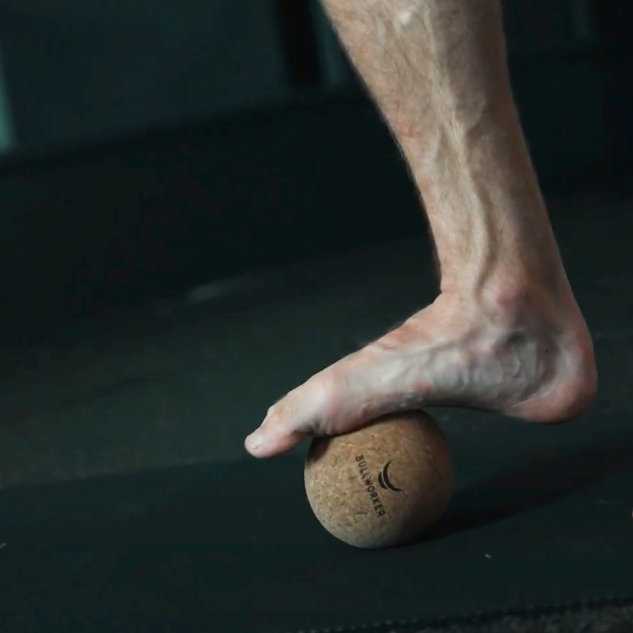
Treating Trigger Points:
Trigger point therapy involves applying pressure directly to the trigger points to release the tension and restore muscle balance as an effective approach to relieve pain, restore muscle function, and promote overall well-being.
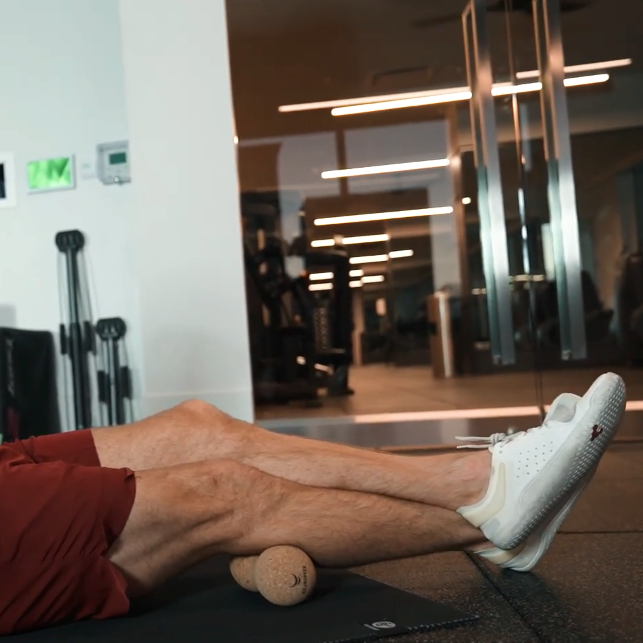
Here are some common techniques used in trigger point therapy:
- Manual Pressure: Skilled physical therapists apply focused pressure using their hands or fingers on specific trigger points to release muscle tension and promote relaxation.
- Stretching: Gentle stretching exercises can be employed to elongate the affected muscle fibers, reducing the tension and promoting improved muscle function.
- Deep Tissue Massage: Deep tissue massage involves applying firm pressure to the affected area, targeting the underlying muscle layers to release tension.
- Heat Therapy: Applying heat to trigger points can help relax the affected muscles, increase blood flow, and enhance the effectiveness of other treatment modalities.
- Self-Myofascial Release: Myofascial release can be elongating the connective tissue surrounding the muscle, allowing for improved flexibility and reduced pain or using tools like massage balls to apply pressure on trigger points, allowing individuals to treat themselves and manage their symptoms at home.
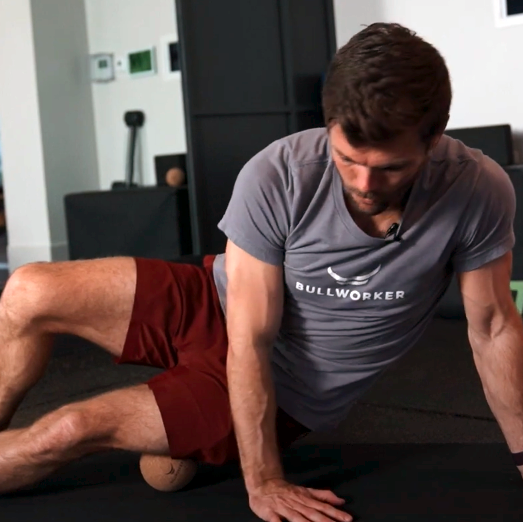
Benefits of Trigger Point Therapy:
- Pain Relief: Trigger point therapy effectively targets and reduces muscle pain caused by trigger points, providing significant relief and improving overall comfort. By releasing these knots and restoring proper muscle function, pain and discomfort can be significantly reduced or even eliminated.
- Increased Range of Motion: By releasing muscle tension and enhancing muscle flexibility, trigger point therapy can improve your range of motion, allowing you to move more freely and perform exercises more effectively. Trigger points can limit your range of motion, making it difficult to perform certain exercises or movements. By addressing trigger points through therapy, you can regain flexibility and enhance your overall athletic performance and reduce your risk of injury.
- Enhanced Muscle Function: Treating trigger points helps restore muscle strength and function, enabling you to engage in physical activities with increased efficiency and reduced risk of injury. Intense physical activities can lead to muscle fatigue and microtrauma, resulting in delayed onset muscle soreness (DOMS). Trigger point therapy promotes faster recovery by increasing blood flow, reducing inflammation, and eliminating waste products in the muscles.
- Improved Posture: By addressing muscle imbalances and releasing tension in the affected muscles, trigger point therapy can promote better posture, reducing the strain on your body and minimizing the risk of developing new trigger points.
- Stress Reduction: Trigger point therapy not only relieves physical discomfort but also helps in reducing stress and promoting relaxation. By releasing tension in the muscles, it can have a positive impact on your mental well-being. This can have a positive impact on your overall well-being, allowing you to better manage the demands of an active lifestyle.
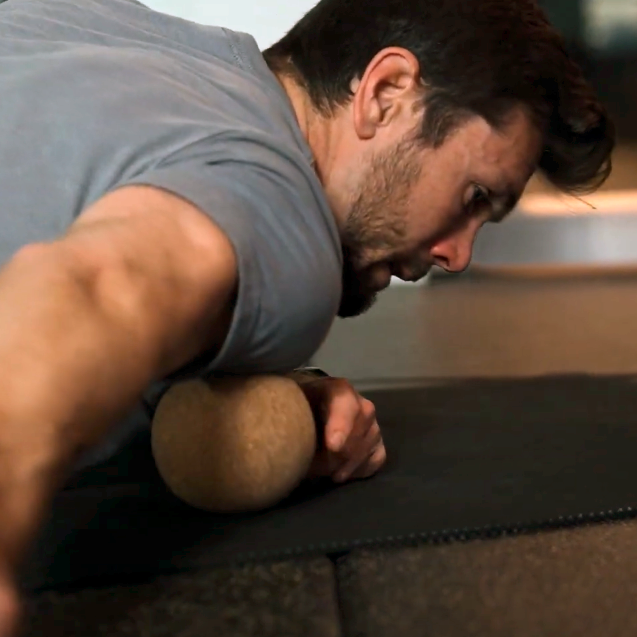
Preventing Trigger Points:
While trigger point therapy offers effective relief, prevention is always better than cure. Here are some strategies to help prevent trigger points:
- Stretching and Warm-up: Incorporate a daily stretching routine to maintain muscle flexibility and prevent the accumulation of tension. Prior to engaging in physical activities, it’s crucial to warm up your muscles and perform dynamic stretches. This prepares the muscles for the demands of exercise and reduces the risk of trigger point formation.
- Proper Posture and Ergonomics: Pay attention to your posture during daily activities, ensuring your spine is properly aligned and muscles are not excessively strained. Maintaining good posture throughout the day, whether sitting or standing, helps prevent muscle imbalances and reduces the likelihood of trigger points. Additionally, adjusting your workspace ergonomics can minimize stress on the muscles and joints.
- Regular Exercise and Strength Training: Engaging in a well-rounded exercise routine that includes strength training can help strengthen muscles, improve their endurance, and prevent imbalances that lead to trigger points.
- Regular Breaks and Rest: Allow your body adequate rest and recovery time between workouts or prolonged activities to prevent muscle fatigue and overuse.
- Stress Management: Practice stress-reduction techniques such as deep breathing, meditation, or engaging in hobbies that help you relax and unwind.
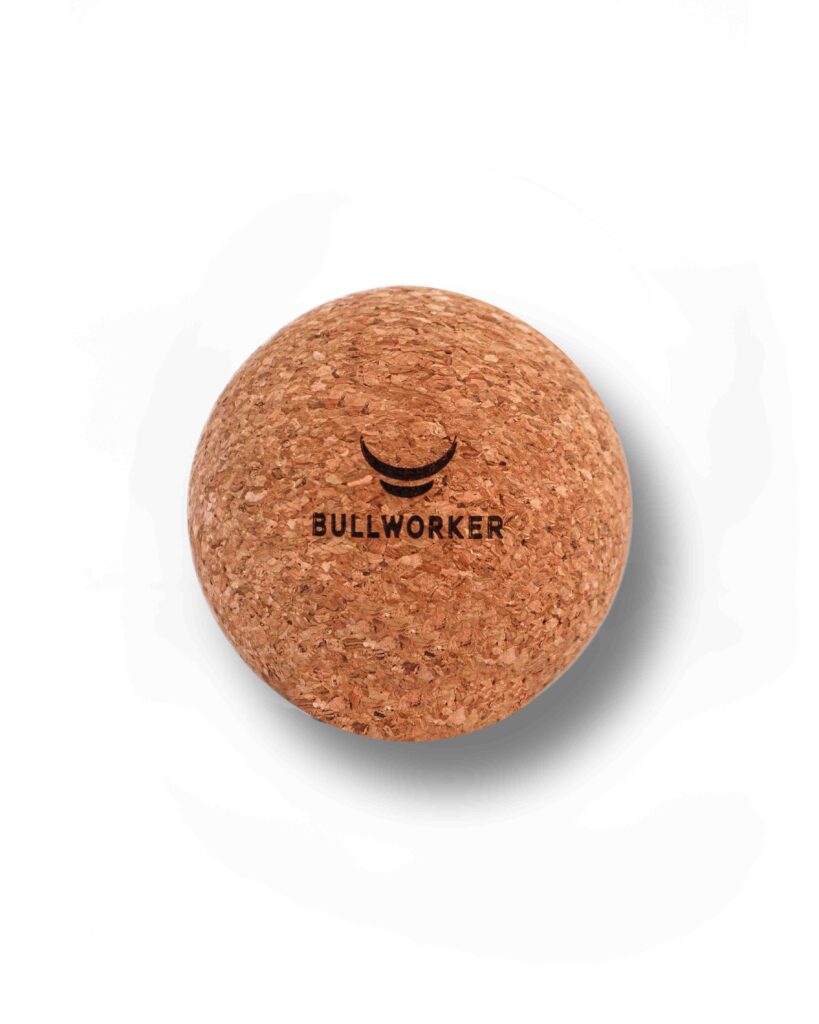
Massage Balls for Trigger Point Therapy:
Massage balls are excellent tools for self-administered trigger point therapy. These small, firm balls can be easily maneuvered across various muscles, targeting trigger points and releasing tension.
Here’s how you can use them:
- Locate the Trigger Point: Identify the trigger point by applying gentle pressure to the area with your fingers. You may feel a tender spot or a localized knot.
- Apply Pressure: Place the massage ball on the trigger point and apply pressure by leaning against a wall, lying on the floor, or using your body weight.
- Roll and Release: Once pressure is applied, move the massage ball in small circular motions or back-and-forth to massage the trigger point and encourage muscle relaxation.
- Breathe Deeply: Breathe with a purpose. Slow controlled inhales and exhales with a focus on relaxing your body.
- Gradually Increase Pressure: As your muscles relax, you can increase the pressure on the massage ball for deeper tissue penetration.
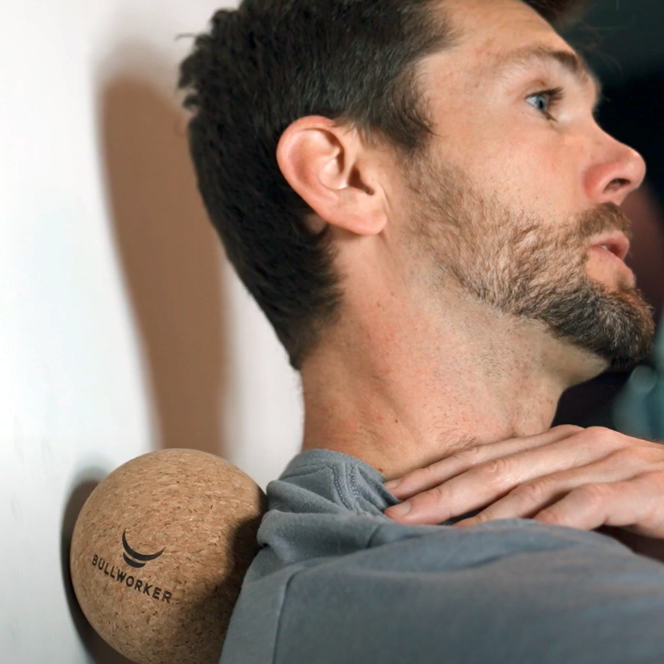
Benefits of Using Massage Balls:
- Targeted Relief: Massage balls allow you to directly target trigger points and apply focused pressure to release tension and reduce pain.
- Cost-Effective: Massage balls are an affordable alternative to professional massage therapy, allowing you to incorporate trigger point therapy into your daily routine without breaking the bank, empowering you to take control of your trigger point therapy at your convenience.
- Convenience: Massage balls are portable and can be used at home, at the gym, or even at your workplace, providing on-the-go relief whenever you need it.
- Versatility: Massage balls can be used on different muscle groups, including the back, shoulders, glutes, and calves. They can be applied against a wall, on the floor, or even while lying down, providing versatility in your therapy sessions.
- Self-Controlled Treatment: By using massage balls, you have full control over the pressure and intensity, allowing you to customize your trigger point therapy to suit your comfort level.
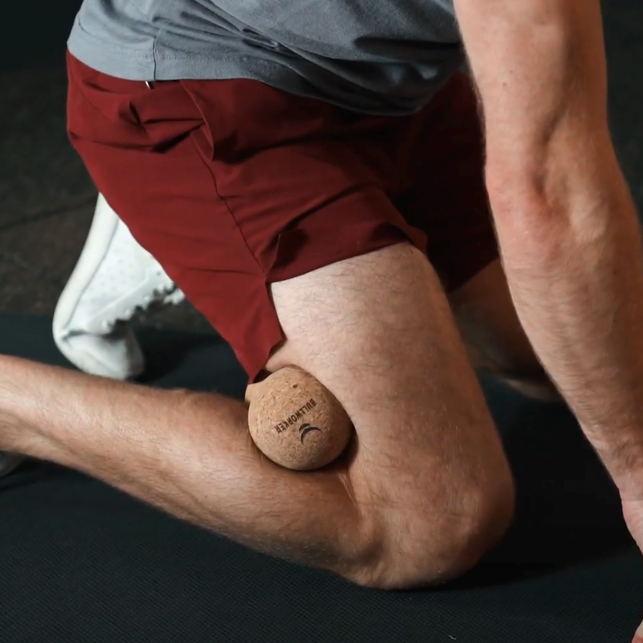
Conclusion to trigger point therapy:
Trigger point therapy offers a multitude of benefits for active individuals seeking optimal fitness and recovery. By addressing trigger points through various manual therapy techniques and adopting preventive measures, you can unlock your body’s potential and overcome the hurdles of muscle pain and tension. Take charge of your well-being and achieve better physical performance. Remember, massage balls are your trusted companions in this journey, enabling you to administer self-trigger point therapy effectively by providing targeted relief and promoting optimal muscle function. Grab a massage ball and embark on a path of pain-free movement, improved performance, and enhanced well-being through the wonders of trigger point therapy.
Remember, consult with a qualified healthcare professional or physical therapist to receive personalized advice and guidance tailored to your specific needs before embarking on any new treatment or therapy.
